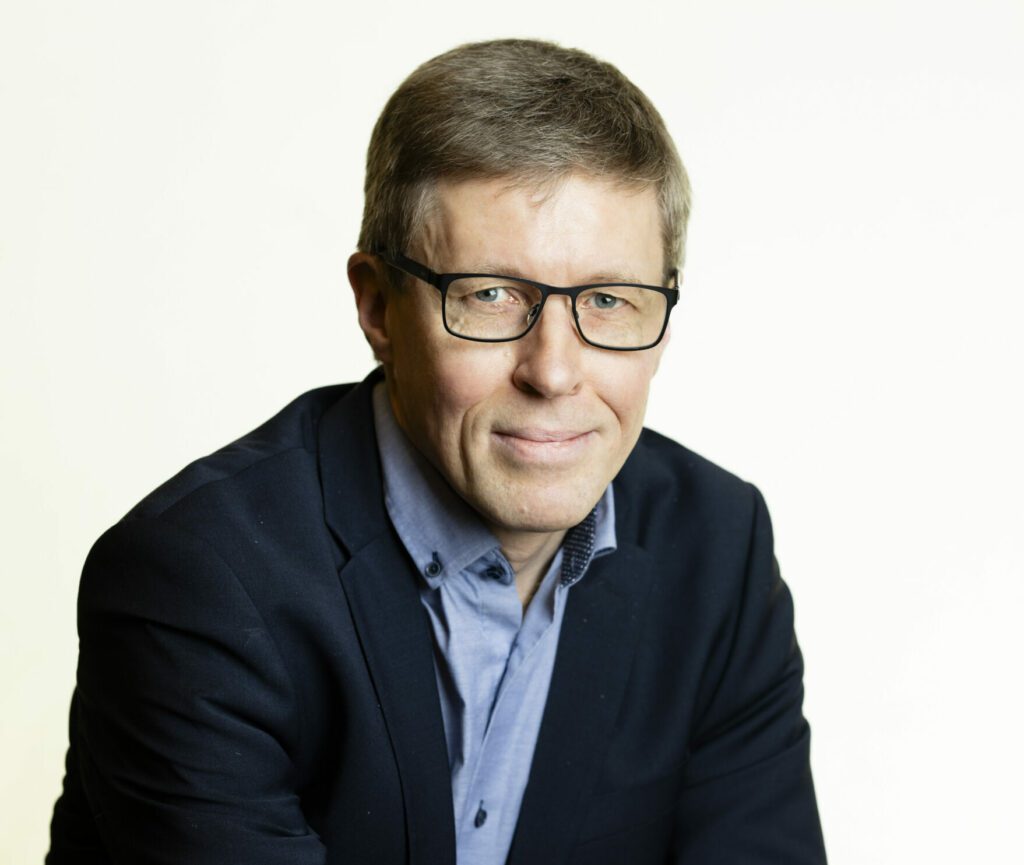Risto Soukka: “Life cycle assessments help us identify the best solution for the environment”
Risto Soukka, professor of environmental technology, studies the life cycle of products and services. He is also interested in the use of hydrogen in the green industrial transition.
Risto Soukka brings to the Finnish Climate Change Panel expertise in life cycle thinking and the hydrogen economy, as well as an understanding of technical systems. He considers the work of the Panel to be vital.
“With the Panel’s help, climate-related decisions can be based on scientific evidence, rather than being made by drawing lots.”
An engineer by training, Soukka took an early interest in energy issues. He completed his PhD in 2007 and took on the role of professor in the Department of Sustainability Science at LUT University in 2010.
“At LUT, I have developed life cycle research in particular, bringing in the first life cycle programme back in 1997,” says Soukka.
A life cycle assessment is a method of analysing the environmental impacts of a product or service throughout its entire life cycle. This method is important for climate change mitigation because it allows us, among other things, to compare different technological solutions.
For example, an electric car has more negative climate impacts in the early part of its life cycle – i.e. in the production phase – than a petrol car. However, the situation is reversed when the electric car, which produces zero emissions, comes into use to replace a petrol car that runs on fossil fuels.
Hydrogen economy gives rise to new types of fuels
While conventional cars with internal combustion engines will be replaced by electric vehicles in the near future, ships and aircraft will need other energy sources, such as synthetic fuels, at least for the time being.
Soukka is involved in research into the hydrogen economy, based on the production of hydrogen and other fuels from renewable energy sources such as wind and solar power. The end product is fuels that can be used in places where electricity is difficult to use.
“One of the main applications of hydrogen is in steel production, which we are trying to make more climate-friendly,” says Soukka.
Although hydrogen produces zero emissions when burned, the climate impact of the end products made from it, such as synthetic fuels, depends on the production method, and the efficiency can also vary significantly.
“Once again, life cycle thinking shows which methods deliver the best environmental outcome.”
From carbon footprint to carbon handprint
Soukka has also used his expertise in life cycle methods to support companies’ climate actions.
He has been involved in joint projects between LUT University and VTT Technical Research Centre of Finland, developing a method for companies to demonstrate the extent to which their products and services reduce their customers’ carbon footprint.
LUT and VTT call this positive climate impact of products and services a ‘carbon handprint’.
In principle, carbon handprint thinking can also be applied at national level. Finland can increase its handprint by, for example, exporting to other countries products and services that promote the green transition.
“The fact that Finland will be among the first to achieve carbon neutrality gives Finnish companies an advantage and an opportunity to find export products that reduce the carbon footprint, for example in Central Europe,” says Soukka.
In his spare time, Soukka is a keen tennis player, having participated in a veteran’s league. However, he is currently taking a break from veterens’ games due to a move from Lappeenranta to Kouvola.
“Throughout my life so far, exercise in general has been invaluable as a form of relaxation,” says Soukka.




